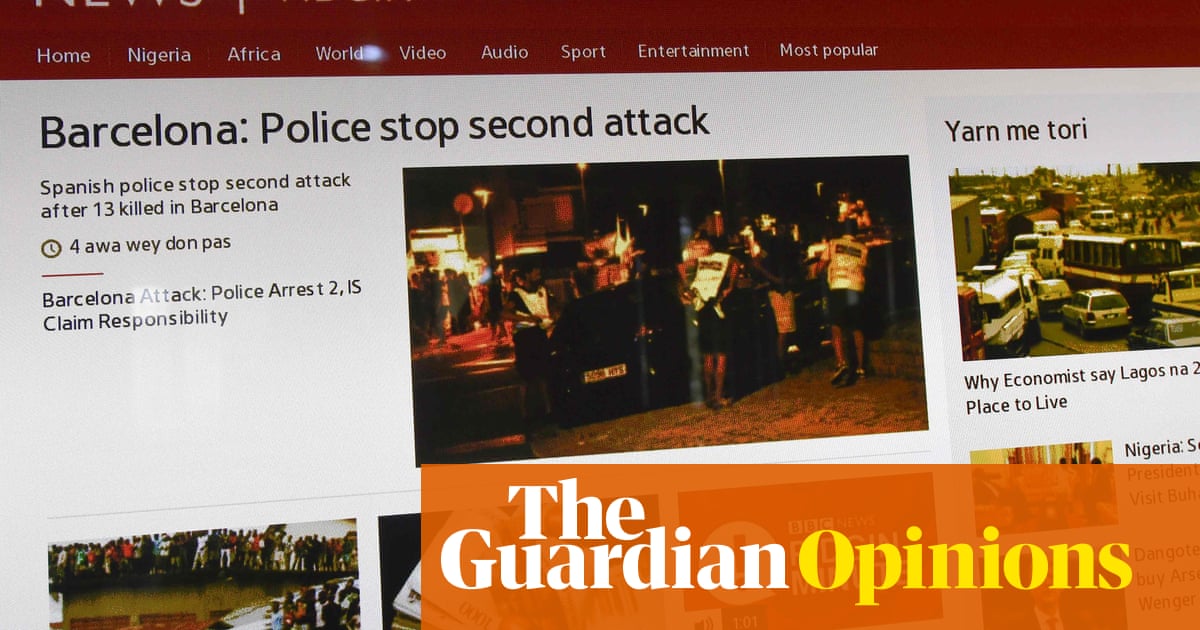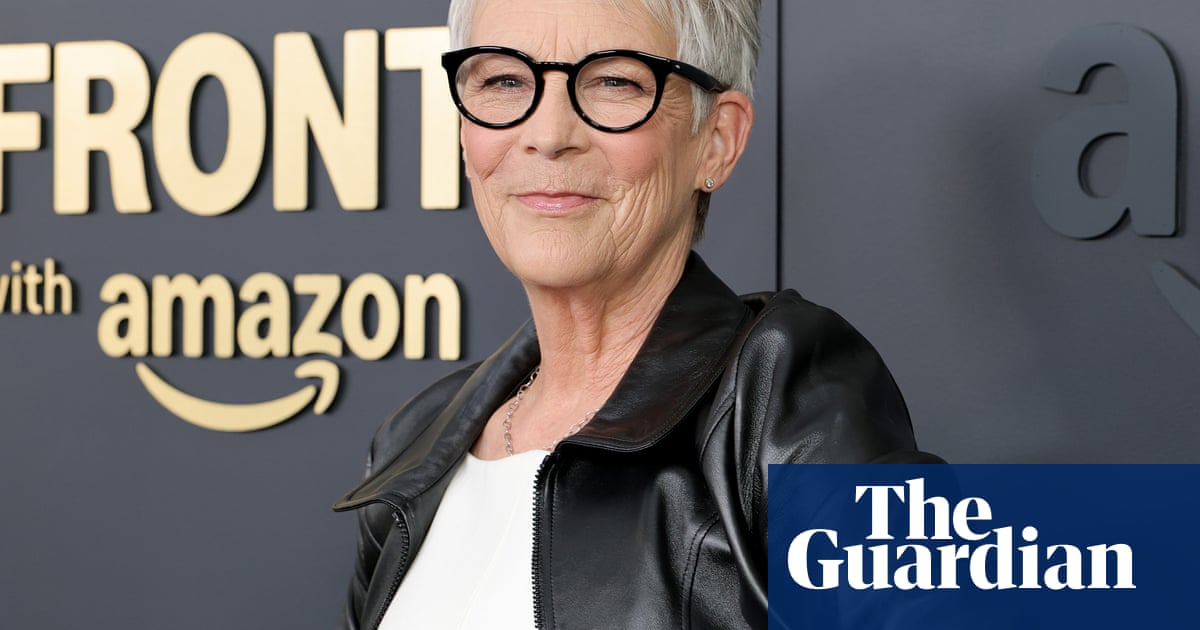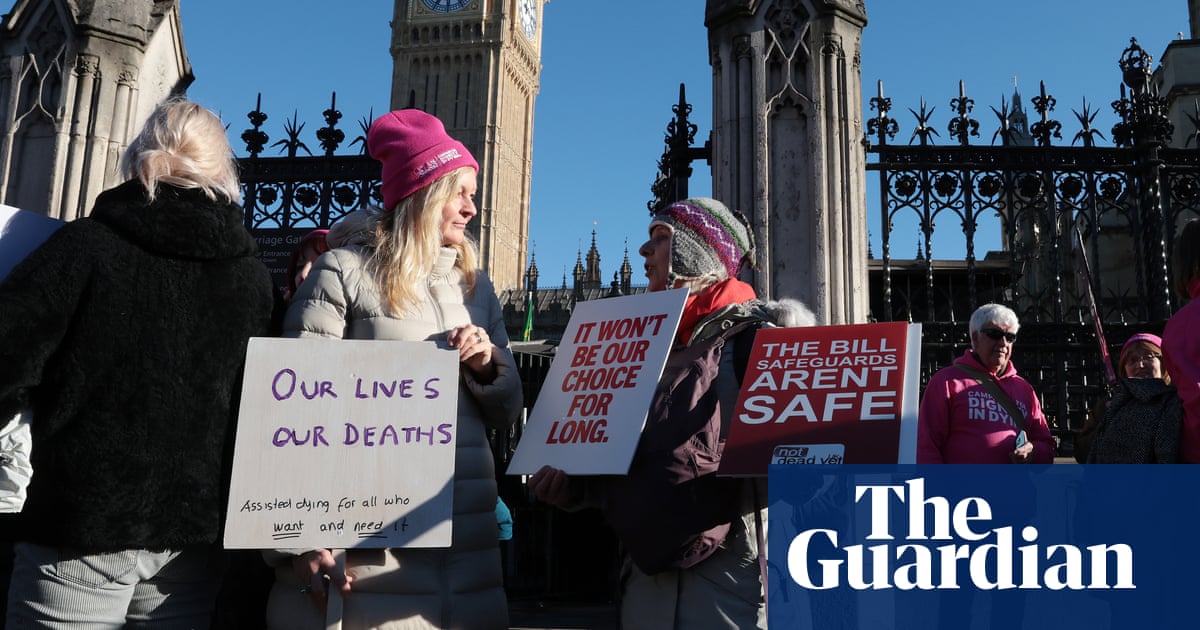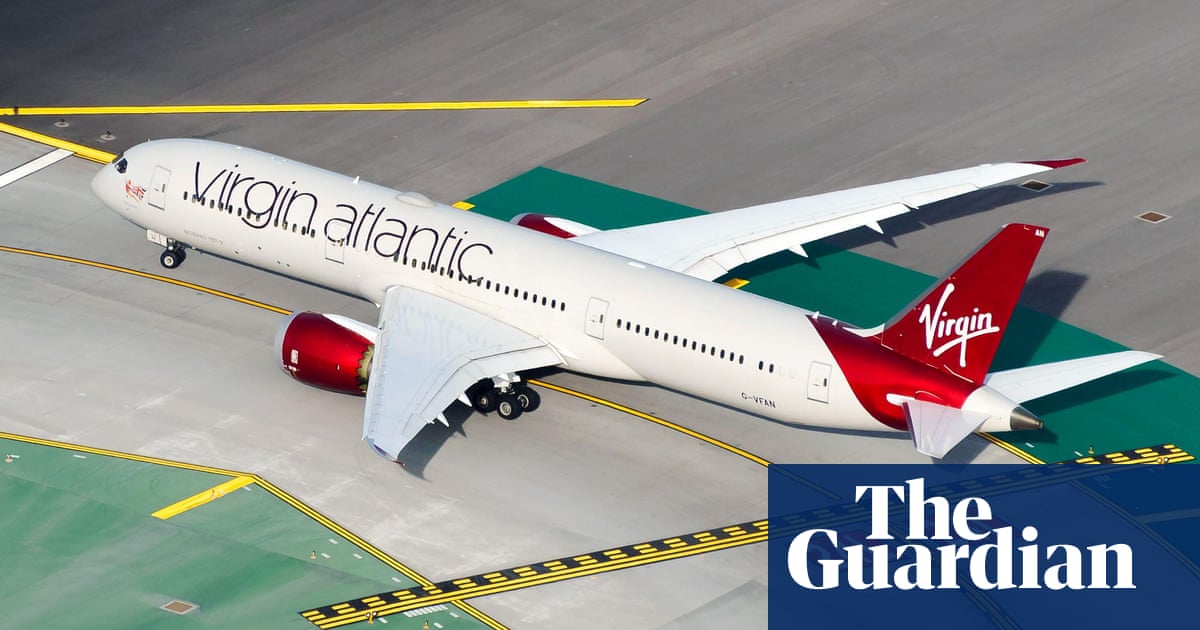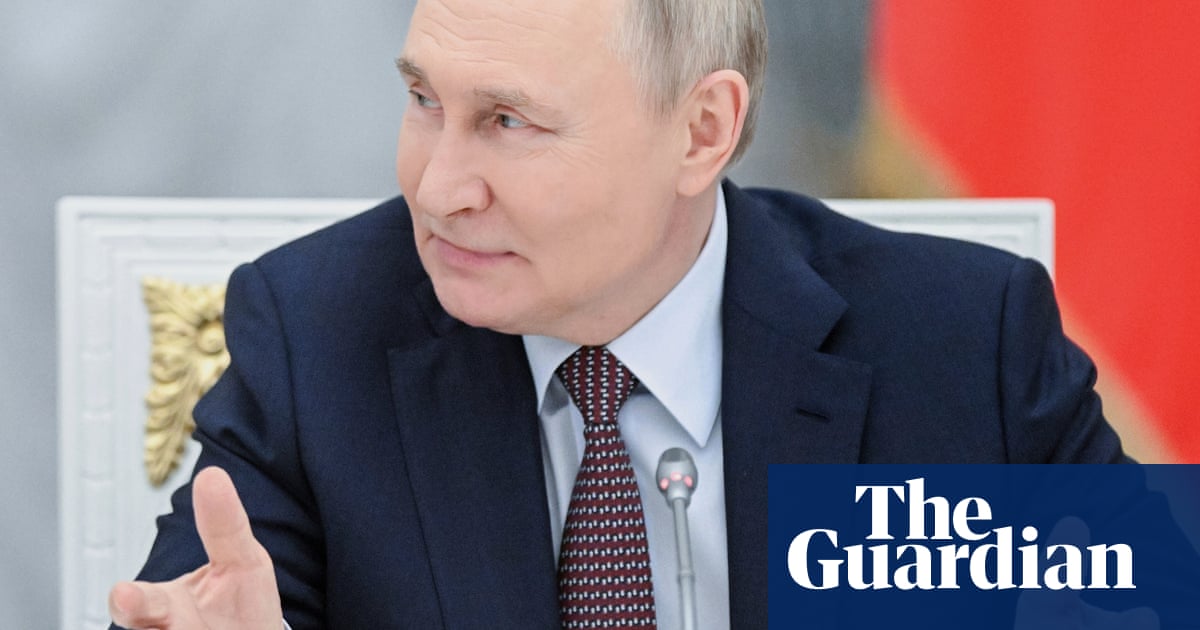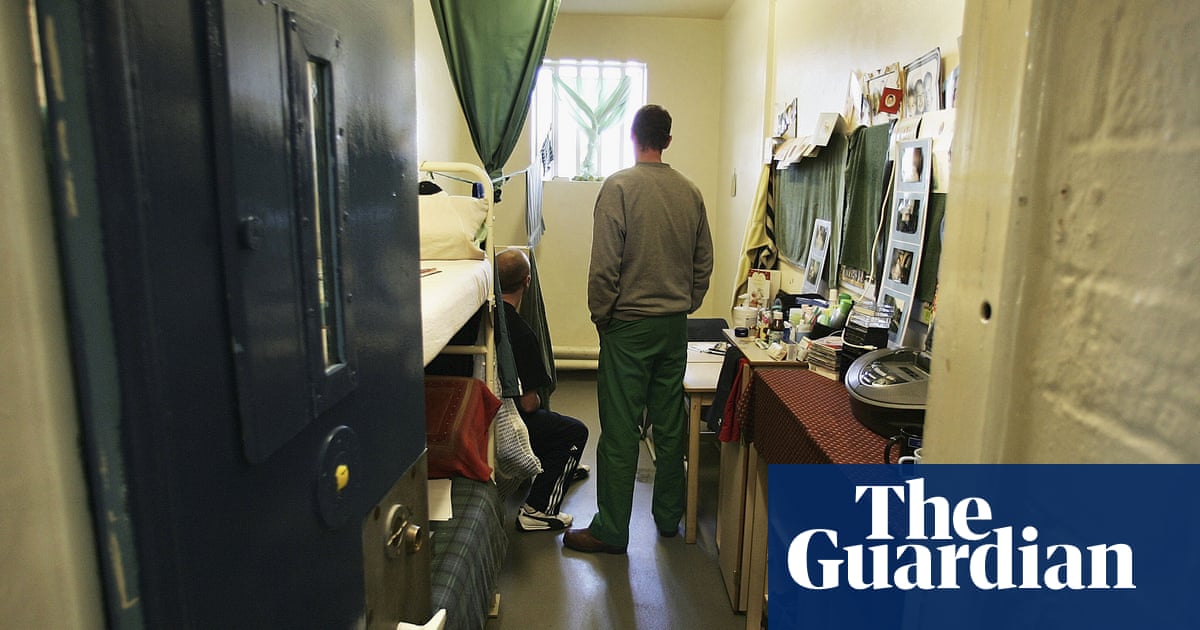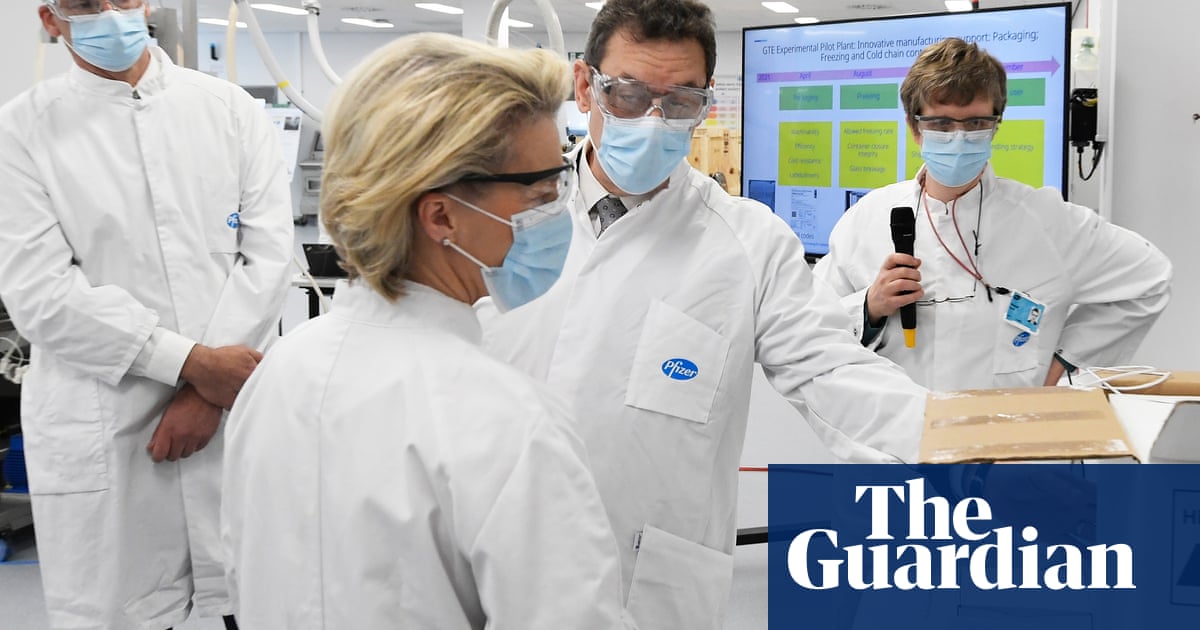Goodison opens: 24 August 1892
Goodison Park is officially opened by Lord Kinnaird, president of the Football Association and the only man to have played in nine FA Cup finals. Everton directors had purchased Mere Green Field, as it was known, after a rent dispute with John Houlding, the club’s former president and landlord of their previous home of nine years – Anfield. The new stadium was built in three months by the Walton building company Kelly Brothers, and at a cost of about £3,500, with stands on three sides and a bank of cinders on the Goodison Road side. The turf came from Aintree.
It was the first major football stadium in England (the older Molineux, St James’ Park and Anfield were basic in comparison) with changing rooms, offices and a referee’s room underneath the East Stand on Bullens Road. No longer would players have to change in the Sandon Hotel and walk to the game, as was the case at Anfield. As the Football Echo reported: “The players will not have to parade themselves through the public street in all their ‘War paint’ and, what is of more importance, visiting teams will not have to ‘run the gauntlet’ through a crowd of incensed partisans whom they might probably have displeased in some manner on the field.”
Goodison’s official opening did not include football, bizarrely. The crowd of 12,000 were treated to an athletics meeting, music from the band of the 3rd Liverpool regiment and a fireworks display. The first game came nine days later when Everton beat Bolton Wanderers 4-2 in a friendly. The first league game was held 24 hours later, Everton drawing 2-2 with Nottingham Forest in front of 14,000 spectators. Forest’s Horace Pike claimed the honour of scoring the first league goal at Goodison. Everton’s first league win at their new ground was on 24 September when Newton Heath, who would change their name to Manchester United 10 years later, were beaten 6-0.
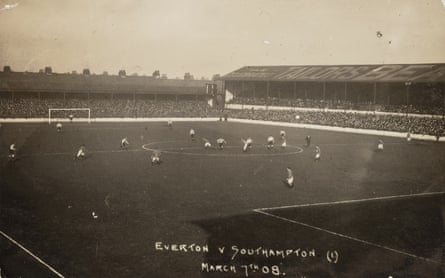
FA Cup final: 31 March 1894
Goodison hosts the FA Cup final between Notts County and Bolton. The stadium was selected for its impressive facilities and because of problems at the previous year’s final at Fallowfield in Manchester, where fans repeatedly spilled on to the pitch during Everton’s 1-0 defeat by Wolves. Notts County won 4-1, becoming the first team from outside the top flight to win the FA Cup. Goodison was also the venue for the FA Cup final replay in 1910 when Newcastle United beat Barnsley.
First league derby: 13 October 1894
The first league derby between Everton and Liverpool, who were founded by Houlding in the wake of the former’s acrimonious departure from Anfield and won promotion from the Second Division in 1893-94. The eagerly awaited event attracted 44,000 to Goodison and Everton won 3-0.
The Goodison Park riot: 28 December 1895
When a match against Small Heath was abandoned after 30 minutes owing to a waterlogged pitch, a section of the crowd descended on the club office to demand their money back. The Everton director George Mahon offered free tickets for the replayed game instead and was pelted with objects including stones. The crowd forced its way into the stand, smashing it up and threatening to set it alight, before entering the pitch where it was eventually dispersed by baton-wielding police.
A royal visit: 11 July 1913
The first league ground visited by a ruling monarch when George V and Queen Mary meet local schoolchildren.
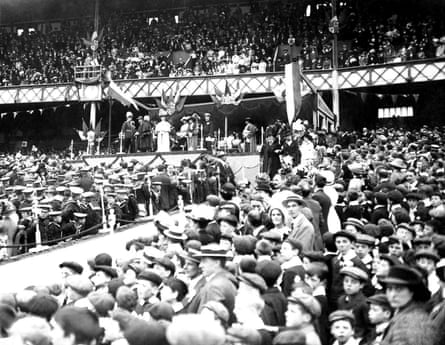
Dick, Kerr Ladies sets record: 26 December 1920
A match between Dick, Kerr Ladies and St Helens Ladies, staged to raise money for the Unemployed Ex Servicemen’s Distress Fund, attracts a crowd of 53,000. It remained a record attendance in women’s club football for 98 years. The Football Association banned its members from hosting women’s football at their grounds the following December, claiming “football is quite unsuitable for females and should not be encouraged.” The ban lasted 50 years.
Two iconic US baseball teams, the New York Giants and Chicago White Sox, stage an exhibition game at Goodison to promote the sport in England. The future Everton owner John Moores later established a National Baseball Association and a Liverpool league. William Ralph “Dixie” Dean played for a team during the close season.
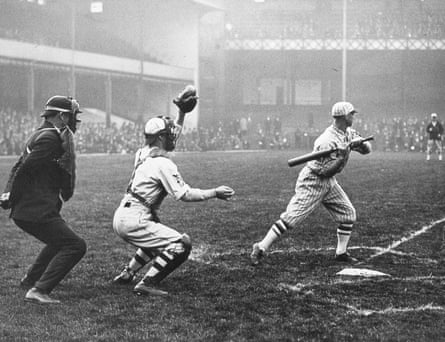
England’s first dugouts: 1926
Goodison becomes the first stadium in England to install dugouts. Aberdeen already had them, and Everton copied the idea following a friendly at Pittodrie.
Dean’s goals record: 5 May 1928
With the league championship won there was only one issue to resolve on the final day as far as Everton were concerned: could Dixie Dean break George Camsell’s record of 59 league goals in a season? Dean needed a hat-trick against Arsenal. He sparked pandemonium when heading his third in the 82nd minute. One fan ran on and kissed the centre-forward, whose record 60 league goals in a season stands to this day.
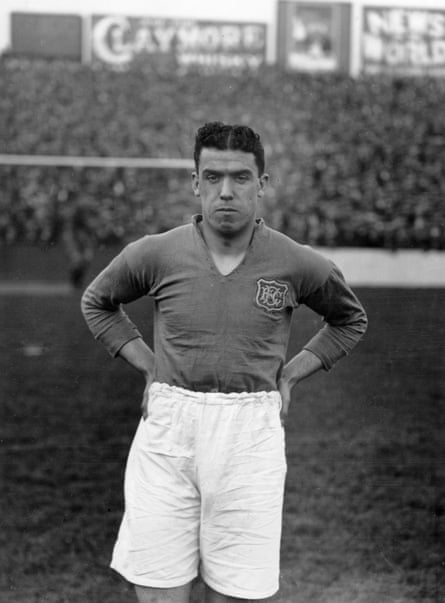
A first for stands: 1938
£50,000 is spent upgrading the Gwladys Street end in time for a royal visit from George VI and Queen Elizabeth, making Goodison the first stadium in the country to have four double-decker stands.
Bomb damage: September 1940
Sustains bomb damage during the second world war. Everton receive £5,000 from the war damage commission for repairs.
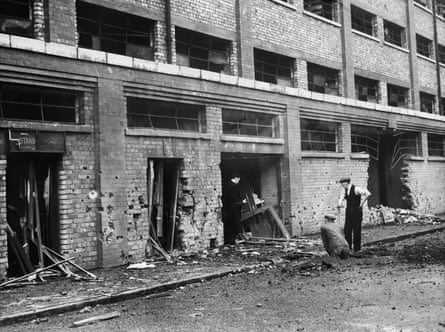
Record crowds: 1948
A then record crowd of 74,721 descends for an FA Cup tie between Manchester United and Liverpool on 24 January 1948. A further 12,000 are reportedly locked out. United were sharing Manchester City’s Maine Road after bomb damage at Old Trafford and, with City also at home in the fourth round, were forced to find an alternative venue. The post-war appetite for football was further illustrated in September that year when Liverpool’s visit attracted a crowd of 78,299. It remains Goodison’s record attendance.
after newsletter promotion
An England defeat: 21 September 1949
England suffer their first home defeat outside of the Home Internationals at Goodison. The Republic of Ireland cause uproar by winning 2-0, having struggled to put a team together against an XI including Tom Finney, Billy Wright and Wilf Mannion, with Everton captain Peter Farrell scoring the second.
Turning the lights on: October 1957
Four 185ft floodlight pylons are installed. The local electricity board has to build a new substation to provide the 6000-volt load.
Heating things up: 1958
The first stadium in England to have undersoil heating. Everton spent £16,000 to install 20 miles of electric wire under the pitch but the drains, while good at melting frost and snow, could not cope with the extra water. The pitch had to be dug up and a new drainage system laid two years later.
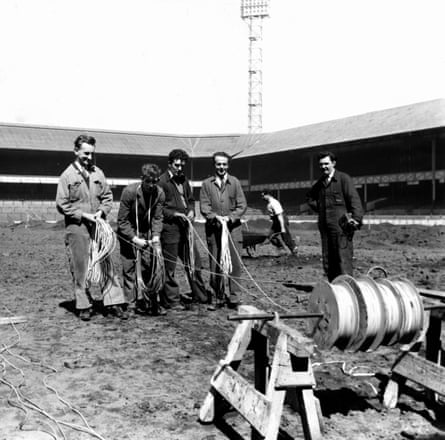
Pelé achieves his goal: 12 July 1966
Pelé scores the first World Cup goal at Goodison in Brazil’s 2-0 defeat of Bulgaria, becoming the first player to score in three successive tournaments. Garrincha gets the second. Goodison staged five World Cup games – all three of Brazil’s group matches (Pelé missed the next two through injury as the reigning champions went out), a classic quarter-final when Portugal recovered from 3-0 down to beat North Korea 5-3 and West Germany’s semi-final victory over the Soviet Union courtesy of a Franz Beckenbauer winner. Eusébio, who scored four against North Korea and was the tournament’s top goalscorer with nine, later said: “This stadium for me is the best stadium in my playing life.”
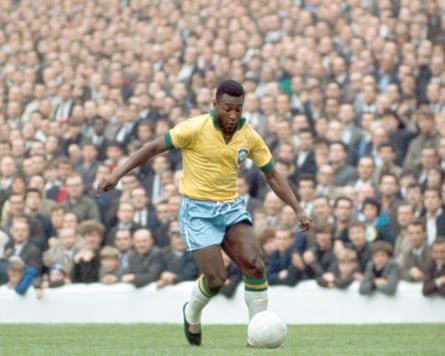
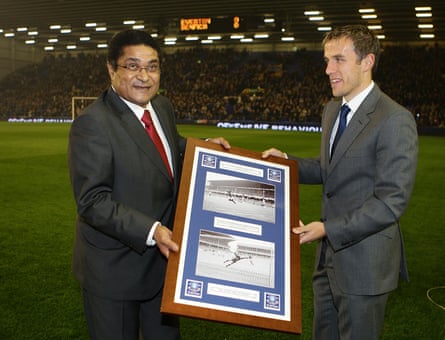
Goodison’s World Cup story ended on a sour note, however. It was scheduled to stage England’s semi-final against Portugal but, with 48 hours’ notice, Fifa’s organising committee switched venues and Alf Ramsey’s team remained at Wembley. Fifa, and its English president Sir Stanley Rous, were accused of favouritism towards the host nation and prioritising extra gate receipts from Wembley over the interest of fans in the north. “The greatest betrayal in sporting history,” said the Liverpool Daily Post. Fans who bought tickets in reasonable expectation of watching their country protested at the Goodison semi-final between West Germany and the Soviet Union with banners that read: “England fix insults Liverpool” and “England snubs Liverpool”. Many boycotted the game. The crowd of 38,273 was over 20,000 down on the Brazil v Portugal group game and Goodison’s lowest attendance of the World Cup.
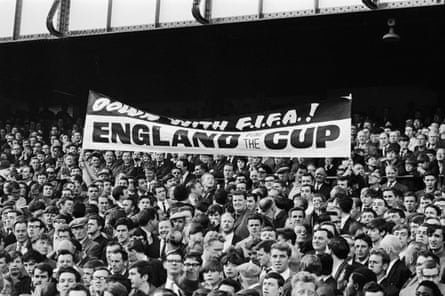
A triple-decker first: 1971
The first triple-decker stand in England opens at a cost of £1m. Everton’s new Main Stand is the largest in Britain until Chelsea build the East Stand at Stamford Bridge three years later.
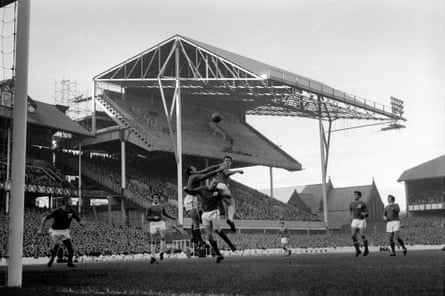
Dean dies at the derby: 1 March 1980
Dean dies of a heart attack at Goodison at a Merseyside derby. He had lunch with his good friend Bill Shankly before the game and had not been to Goodison for several years after having a leg amputated. “We say he stage-managed the whole thing,” said Dean’s daughter, Barbara. His ashes were scattered on the halfway line. Almost exactly five years later, on 9 March 1985, and in almost the same spot, Everton’s title-winning and FA Cup-winning manager Harry Catterick also dies of a heart attack after a cup tie against Ipswich.
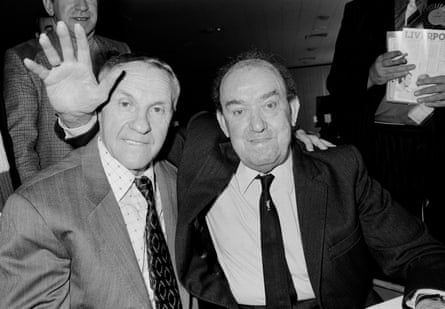
‘The Kop thanks you’: 3 May 1989
An emotionally charged Goodison hosts Liverpool’s first competitive game after the Hillsborough disaster 18 days earlier. “The Kop thanks you all. We never walked alone,” read a banner in the Liverpool end.
The vote to leave: 11 May 1997
After years of debate, Everton ask fans attending the final game of the season to vote on whether the club should leave Goodison for a new 60,000-capacity, £100m stadium at an unidentified location. More than 80% vote in favour but opposition grows when sites outside the city of Liverpool – including the former Cronton Colliery near Widnes – are suggested. “I can see the European Super League coming,” says the then owner Peter Johnson, somewhat prophetically. “That is why it is so important to address the stadium issue.” The saga will finally come to an end 28 years later when Everton relocate to their magnificent £750m stadium at Bramley-Moore dock.
The crucial comeback: 19 May 2022
James Tarkowski’s 98th-minute equaliser against Liverpool proved a fitting final act under the Goodison floodlights in February and ensured Everton’s rivals would not have the upper hand in overall victories at the stadium. The pitch invasion and pandemonium that followed have already become part of Goodison folklore. There has been no better example of Evertonians hauling their team over the line, or of what the club means to them, than the remarkable comeback against Crystal Palace that preserved their top flight status in 2022, however. Goodison has witnessed far too many relegation fights and not enough triumphs in its final decades but that night, when Frank Lampard’s side recovered from 2-0 down to win 3-2 courtesy of Dominic Calvert-Lewin’s diving header in the 85th minute, showed the stadium at its intimidating, pulsating best. From the raucous reception for the team coach as it edged along Goodison Road before kick-off to the wild scenes afterwards, it was an atmosphere that few grounds can match. Lampard ended up dancing on the roof of the executive lounges in celebration and called it, “one of the greatest moments in my footballing life”. Goodison can do that to people.

.png) 4 hours ago
3
4 hours ago
3
